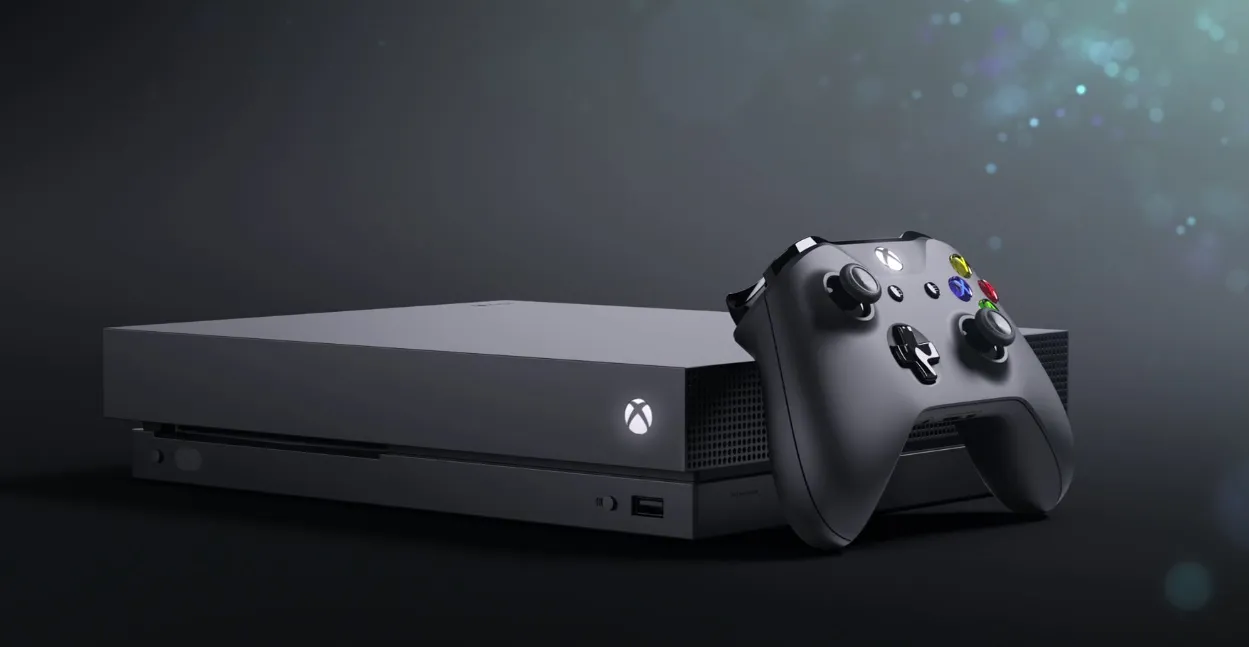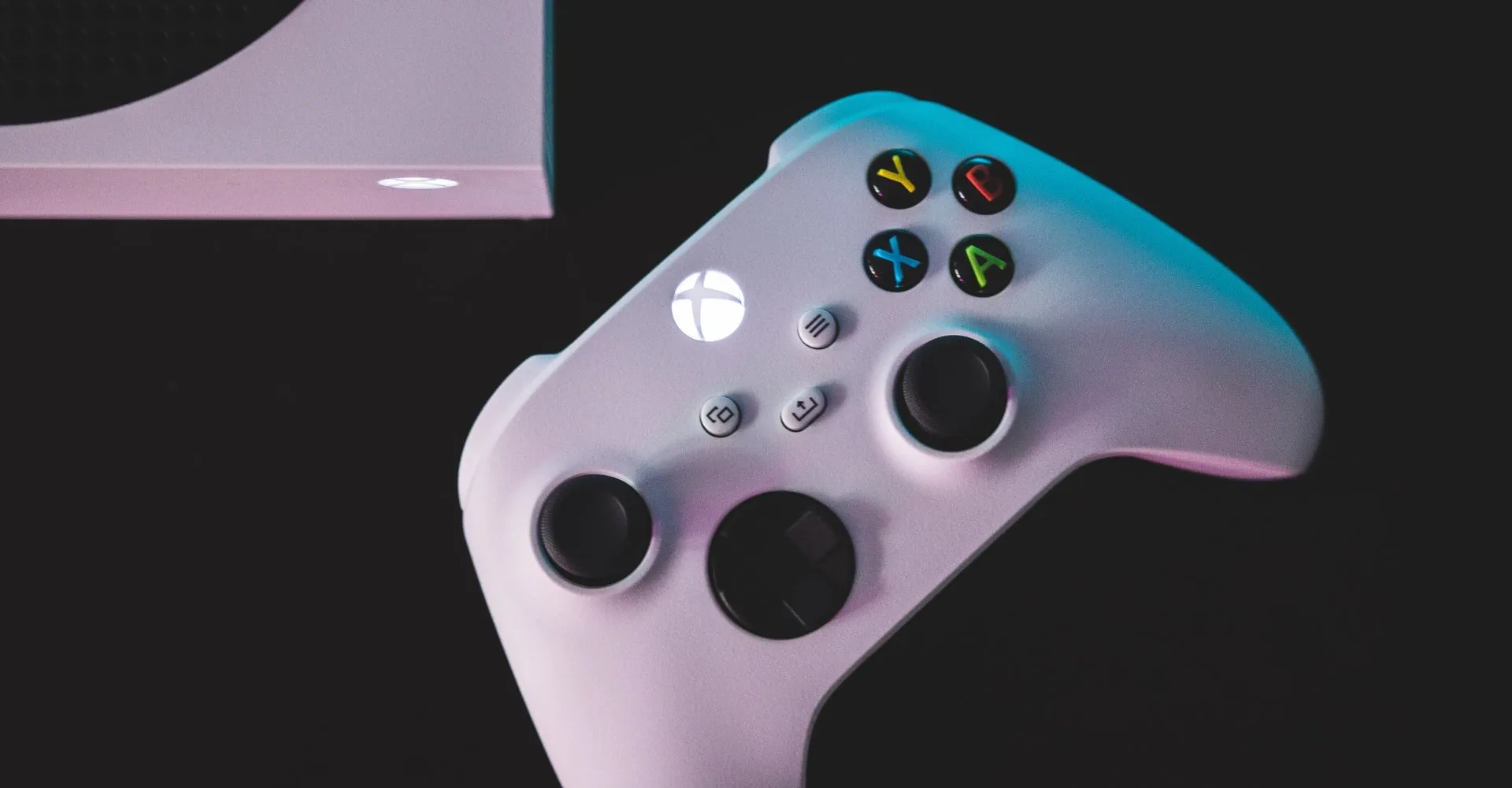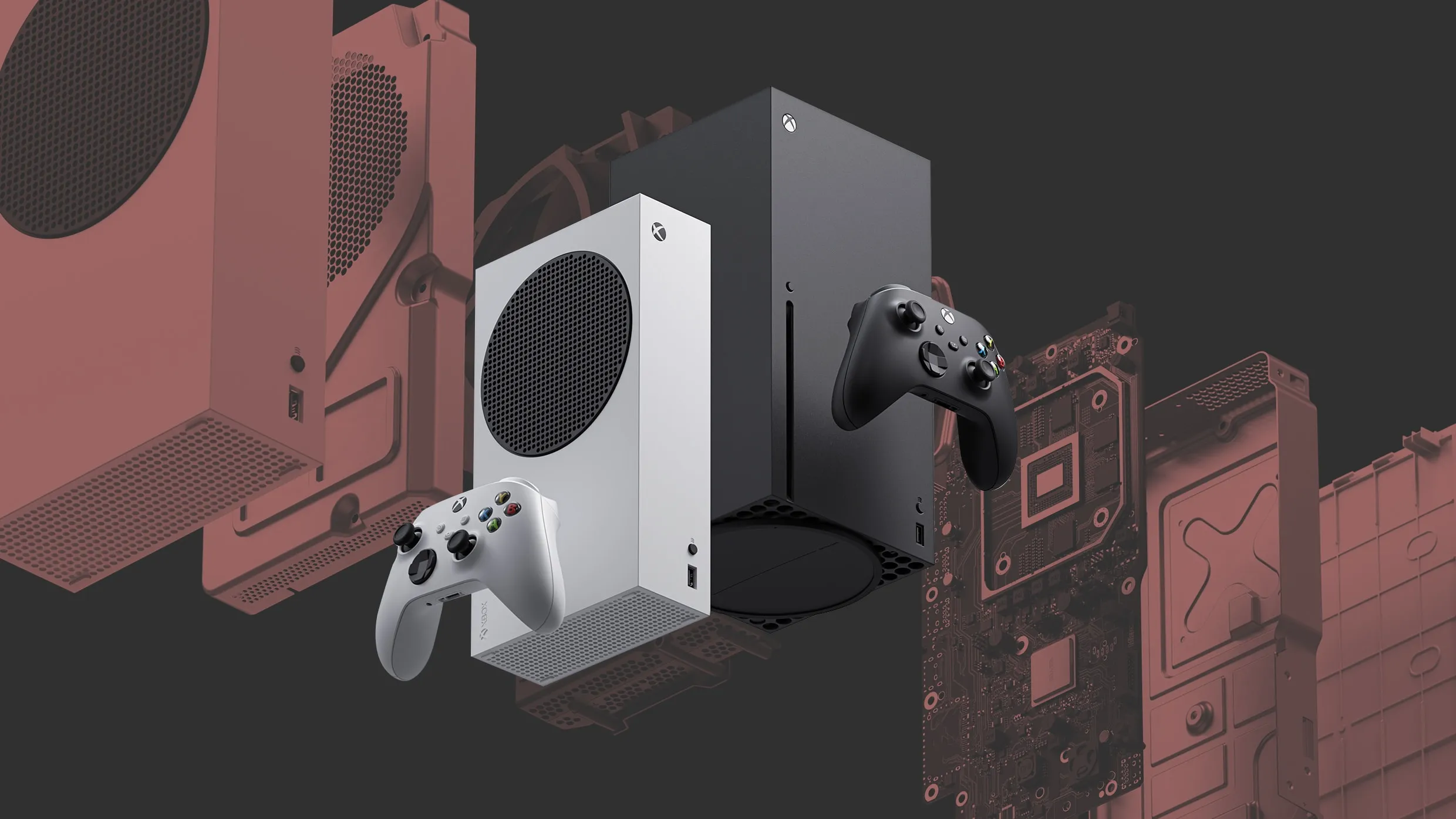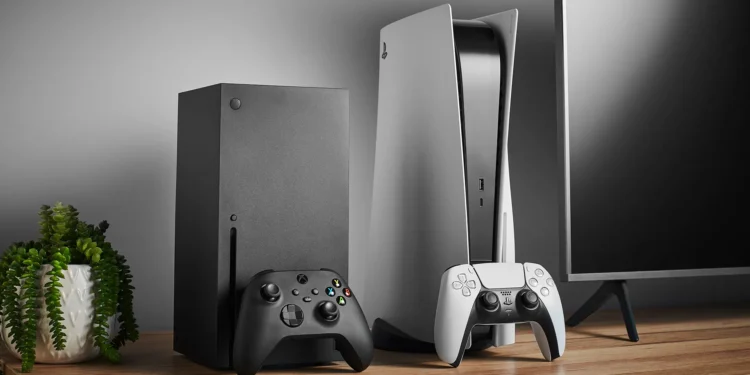In a significant move that has raised eyebrows in the gaming community, Microsoft announced on Thursday a global price increase for its Xbox Series X|S consoles and peripherals. The new prices, which take effect immediately in the U.S., come as part of the company’s strategy to adjust to rising production and operational costs. The changes will affect both new consoles and accessories, as well as the pricing of upcoming first-party Xbox games.

Xbox Series X|S Price Hike: What You Need to Know
As of Thursday, Microsoft has increased the price of its Xbox Series X and Series S consoles in the U.S. by significant amounts. The Xbox Series X, which originally retailed at US$499, now comes with a price tag of US$599—marking a US$100 increase. Similarly, the Xbox Series S has seen a price increase of US$80, with the 512GB model now priced at US$379.99 and the 1TB model at US$429.99.
Additionally, Microsoft’s premium peripherals, including certain controllers and headsets, have also received a price bump of US$10. These increases reflect the company’s ongoing efforts to cope with rising production costs while continuing to deliver high-quality gaming hardware. The updated prices also affect other regions, with full details available on Microsoft’s official website.

A Deeper Look at the Price Adjustments
Here’s a breakdown of the price changes for Xbox Series X|S consoles in the U.S.:
- Xbox Series S 512GB: From US$299.99 to US$379.99
- Xbox Series S 1TB: From US$349.99 to US$429.99
- Xbox Series X Digital: From US$449.99 to US$549.99
- Xbox Series X: From US$499.99 to US$599.99
- Xbox Series X 2TB Galaxy Black: From US$599.99 to US$729.99
This price increase applies to both the consoles and specific accessories, but perhaps most notably, it also affects first-party Xbox games. Starting this holiday season, new titles from Xbox Game Studios will retail at US$79.99, reflecting the growing trend of price hikes across the gaming industry.
Why the Price Increase?
Microsoft’s decision to raise prices on its Xbox consoles comes at a time when the gaming industry is facing a number of challenges. Rising production costs, supply chain disruptions, and inflation have all contributed to the increased expenses for hardware manufacturers. Despite these hurdles, Microsoft continues to deliver state-of-the-art gaming systems that offer cutting-edge features such as hardware-accelerated ray tracing, 8K resolution support, and ultra-fast loading times via solid-state drives (SSDs).

The Xbox Series X|S consoles, which launched in November 2020, were already equipped with an updated AMD processor, GDDR6 memory, and a next-generation solid-state drive. With support for features like 8K resolution, hardware-accelerated ray tracing, and variable refresh rates, these systems provide a truly next-generation gaming experience. However, the cost of delivering such high-end technology has undoubtedly led to this pricing adjustment.
What Does This Mean for Gamers?
For many gamers, the price hikes on Xbox consoles and accessories could be a tough pill to swallow, especially given the rising cost of living and ongoing economic pressures. However, Microsoft’s decision to increase prices for first-party games could signal a shift in how video game pricing is structured moving forward. As many gaming companies struggle to maintain profitability amidst rising development and production costs, it’s likely that more price hikes will occur in the future.
While these price increases may create some initial frustration, they also reflect the growing demand for next-gen gaming experiences. As hardware becomes more advanced and game libraries expand, consumers can expect to see continued innovation in the gaming space—albeit at a higher cost.
What’s Next for Xbox?
Looking forward, Microsoft will need to balance these price hikes with maintaining its competitive edge in the gaming market. The Xbox Series X and Series S remain strong contenders in the next-gen console wars, thanks to their impressive technical capabilities and the growing popularity of services like Xbox Game Pass. However, with these price hikes in place, the company will need to carefully monitor consumer reactions and ensure that its value proposition remains strong enough to justify the increases.

As we head into the holiday season, the question remains: will the price increase deter potential buyers, or will the demand for next-gen consoles continue to rise despite the higher costs? Only time will tell, but Microsoft’s move is sure to spark continued debate among gamers and industry analysts alike.










